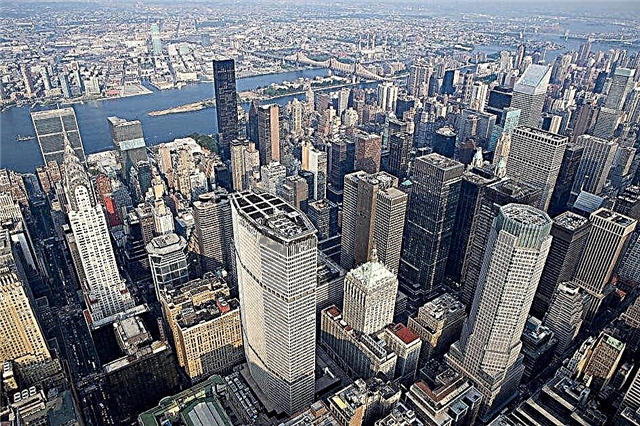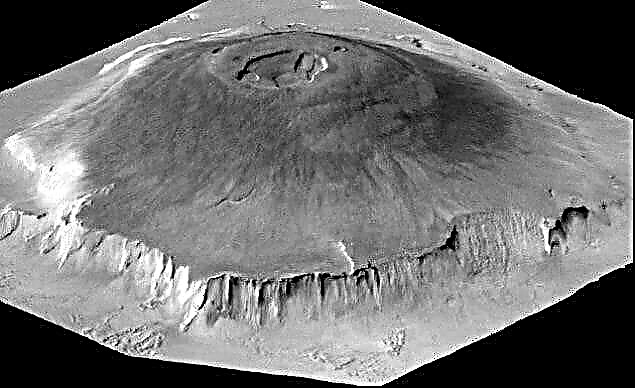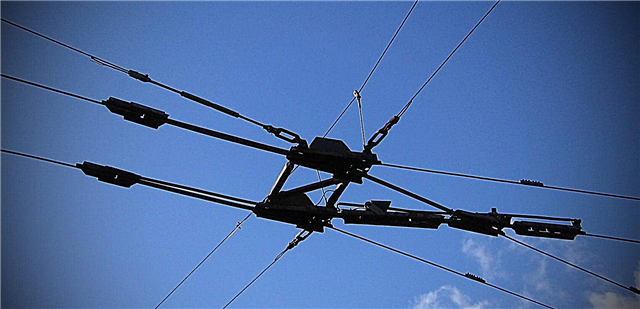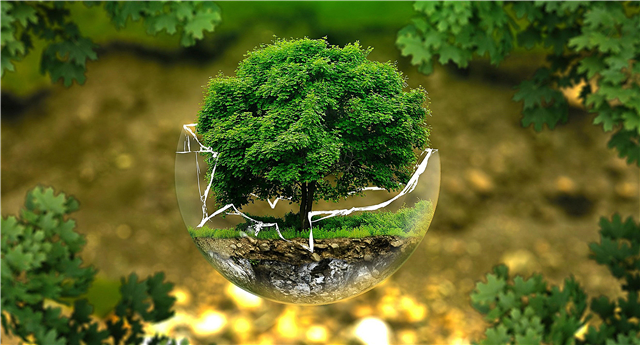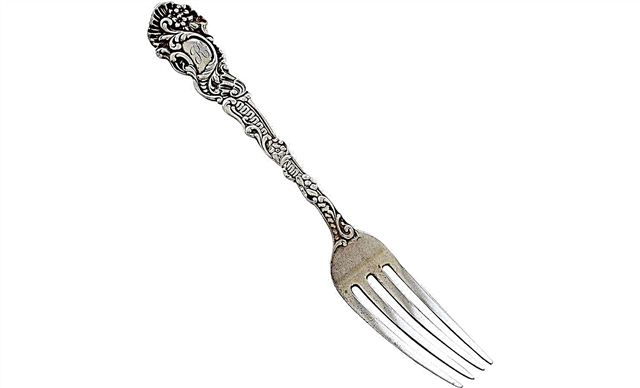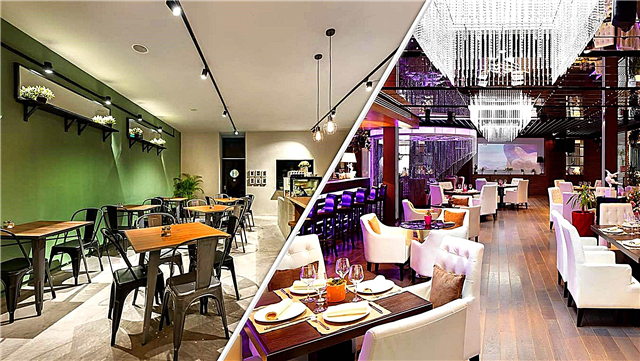
The Pacific Ocean is the first in depth and surface area of the ocean on Earth. It occupies about half of the hydrosphere and covers one third of the entire earth's surface.
The Pacific Basin is larger than all the continents combined: its area (178.68 million km) exceeds the total land area (148.94 million km).

The powerful air currents generated by the evaporation of ocean waters cause destructive tropical cyclones (typhoons in the northwestern Pacific, hurricanes in the east), strong winds and currents impede the navigation of ships. However, why is it so surprising that such a powerful and dangerous ocean was called the Pacific Ocean?
Interesting Facts:The Pacific Ocean is the largest basin of the World Ocean. Its average depth is about 4 km, and the deepest point - the Mariana Trench - reaches 11 km. Moreover, the Pacific Ocean is considered the warmest ocean.
South sea

The peoples of Asia and Oceania have traveled the Pacific Ocean since prehistoric times. Travelers from the Indonesian and western Pacific islands sailed in the central Pacific, creating settlements even in the most remote places, for example, Rapanui (Easter Island) or Hawaii. However, the eastern part of the Pacific Ocean was discovered by European sailors at the beginning of the 16th century. The Spanish conquistador Vasco Nunez de Balboa, with a fleet of one brigantine and ten canoes, passed through the Isthmus of Panama, connecting the continents of North and South America, in 1513.
The seafarer went to the east Pacific coast and, being at the mountain range in the Darien (Panama) region, he saw from the top of the mountain far off the horizon the waters of the great uncharted sea. Members of the expedition went canoeing on a short reconnaissance voyage, becoming the first Europeans to navigate the Pacific Ocean off the coast of the New World.
Vasco Nunez de Balboa called the water the “South Sea” (in Spanish, Mar del Sur), because the ocean was located south of the coast of the Isthmus of Panama, from where the navigator first saw him.
The Pacific Ocean was also originally named after its discoverer, the Sea of Balboa.
Pacific sea
In 1519, a seafarer from Portugal, Fernand Magellan, hired by the Spanish king Charles I, set off on a journey across the Atlantic Ocean to find the western route to the Moluccas (Spice Islands) through South America.

F. Magellan, commanding a fleet of five ships, went to the Atlantic Ocean and headed south along the eastern coast of South America in search of a strait that was supposed to lead to the Spice Islands. The vessel entered the strait, located between the island of Tierra del Fuego and the mainland of South America, on November 1, 1520. On this day, the feast of All Saints fell, so F. Magellan gave the water channel the corresponding name - “The Strait of All Saints”.
Interesting fact:The strait through which the expedition of F. Magellan passed connects the Atlantic and Pacific Oceans and is 575 km in length. The Spanish king called the strait by the name of the discoverer - the Strait of Magellan.
Having passed through the strait, at the end of November 1520, the fleet entered the unknown ocean, not fixed on maps. F. Magellan called the new water spaces Mar Pacifico, which is translated from Portuguese, Spanish as “quiet sea” (“peaceful”, “calm”), because after passing through stormy seas from the extreme tip of America (Cape Horn), the expedition finally found calm waters. The ocean met the Spanish sailors calmly. During the sailing of ships from Tierra del Fuego to the Philippines, which lasted 3 months and 20 days, there was a stormy, calm, calm weather.
Having reached the Philippine archipelago, F. Magellan died in a battle with the natives on about. Mactan April 27, 1521. Continuing the journey, an expedition led by Juan Sebastian Elkan reached the Indonesian Spice Islands in November 1521 and returned home across the Indian Ocean to complete the journey around the world. In September 1522, sailors arrived in Spain on a single ship.

The team of F. Magellan for the first time in the world sailed around the world, crossing the Pacific Ocean from the Strait of Magellan to the Philippine Islands. This journey was the greatest geographical discovery, because, bypassing the globe, sailors proved that the Earth is round.
Thus, F. Magellan renamed the South Sea to the Pacific Ocean. Until the 18th century, the ocean was often called the “Magellan Sea” in honor of the pioneer.
Other names for the Pacific
Until the end of the 18th century, the names “Pacific” and “South Sea” coexisted in European cartography.In 1753, the French scientist Jean-Nicolas Buyt used the term "Great Ocean" to refer to the Pacific Ocean, based on the vast scale of the water area. The names “Pacific Sea”, “Eastern Ocean” also appeared on Russian maps, which appeared as a result of new studies from the western Pacific side. However, by the 19th century, the hydronym introduced by F. Magellan, “The Pacific Ocean”, had become fixed in world geography.

In this way, the name of the Pacific Ocean was given by the famous navigator from Portugal Fernand Magellanwhose expedition first crossed the Pacific Ocean from the continent of South America to the Philippines and made the first circumnavigation of the world (1519-1522). When the fleet, led by F. Magellan, passed stormy seas from Cape Horn, he went to an unknown ocean with quiet waters. Thus the name of the Pacific Ocean. Calm weather accompanied sailors throughout the voyage of the vast expanses of the Pacific Ocean; they were never caught by a storm. Despite the crushing natural phenomena associated with oceanic forces, the name of the largest water basin in the world, given by its pioneer F. Magellan, “Pacific Ocean”, has been preserved in world geography.
Other names for the Pacific Ocean - South Sea, Sea of Balboa, Sea of Magellan, Pacific Sea, Great Ocean, East Ocean - are historical.







